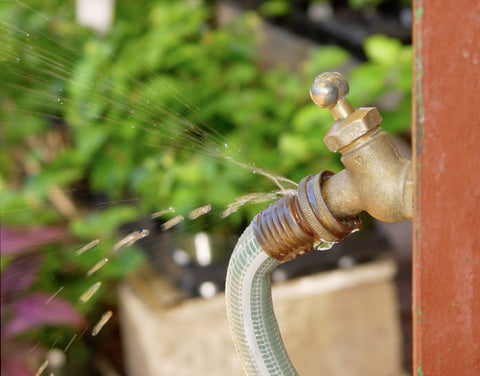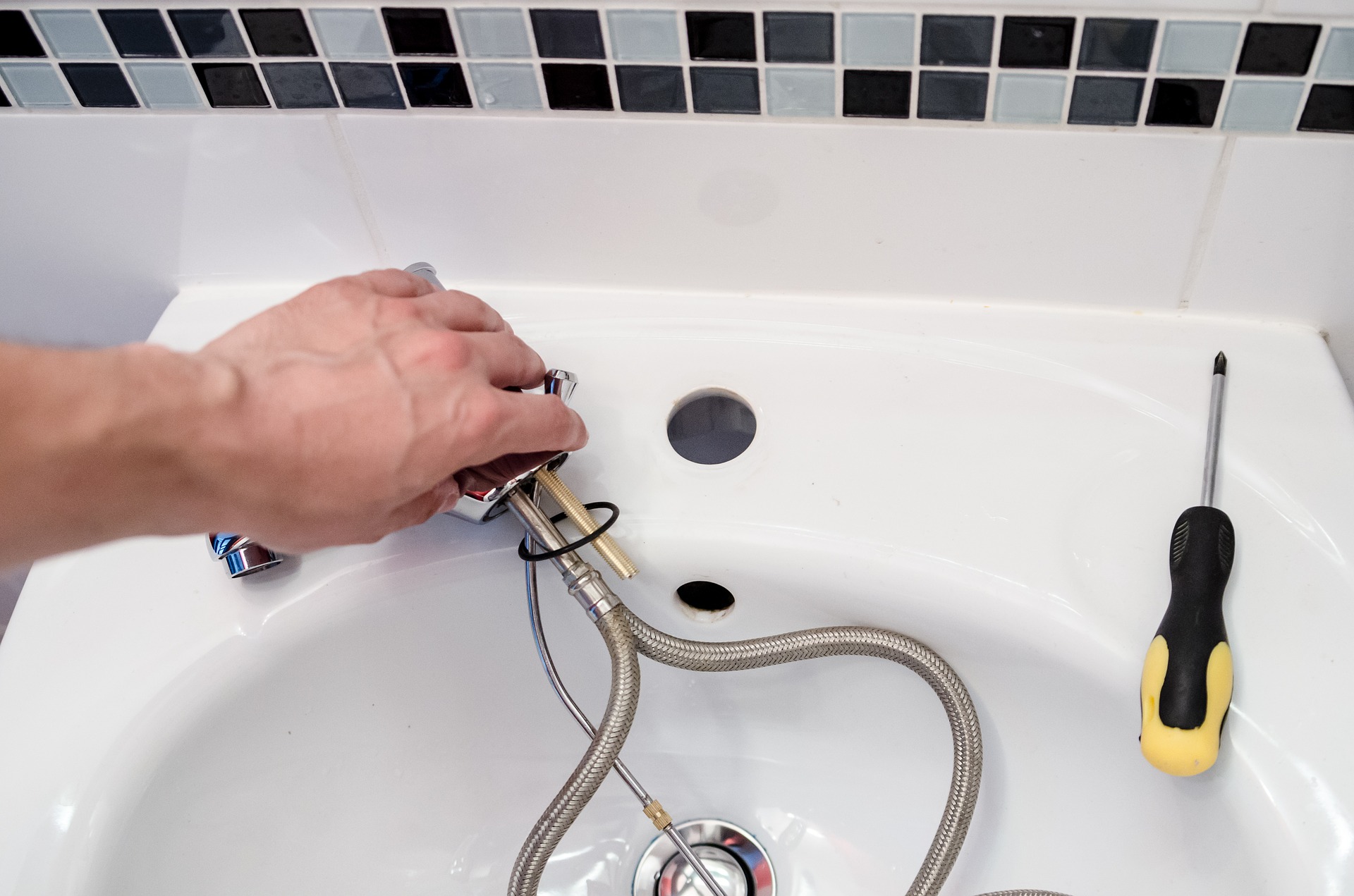Five Practical Hacks for Winterizing Your Home's Plumbing Against Severe Cold
Five Practical Hacks for Winterizing Your Home's Plumbing Against Severe Cold
Blog Article
What're your beliefs on How to Prevent Frozen Pipes?

All homeowners that live in temperate environments should do their ideal to winterize their pipelines. It is something you need to do during autumn prior to deep winter absolutely begins. Failing to do so can spell catastrophe like icy, broken, or ruptured pipelines. If the weather condition exterior is frightful, below are some useful winterizing hacks to maintain your plumbing system protected also.
Attempt a Hair Dryer or Heat Gun
When your pipes are nearly freezing, your reliable hair dryer or warmth weapon is a godsend. Bowling warm air directly right into them may aid if the hot towels do not assist dislodge any working out ice in your pipes. However, do not make use of various other objects that create direct flames like an impact torch. This can lead to a larger disaster that you can not control. You may wind up destructive your pipes while attempting to thaw the ice. And in the long run, you may also wind up burning your home. Be careful!
Open Cabinet Doors Hiding Plumbing
It would be handy to open cabinet doors that are masking your pipes when it's chilly outside. They might be someplace in your cooking area or bathroom. This will enable the cozy air from your heating system to circulate there. Consequently, you stop these subjected pipes from freezing. Doing this small trick can maintain your pipelines cozy as well as restrict the possibly hazardous results of freezing temperatures.
Require Time to Wrap Exposed Pipes
One simple as well as cool hack to heat up icy pipelines is to cover them with cozy towels. You can likewise utilize pre-soaked towels in warm water, just don't neglect to use protective handwear covers to safeguard your hands from the heat.
Activate the Faucets
When the temperature level declines as well as it seems as if the frigid temperature level will certainly last, it will aid to switch on your water both inside your home and outdoors. This will maintain the water streaming through your plumbing systems. In addition, the motion will reduce the freezing process. Significantly, there's no need to transform it on full force. You'll end up throwing away gallons of water this way. Rather, go for regarding 5 declines per minute.
When Pipes are Frozen, close Off Water
Shut off the major water valve right away if you observe that your pipelines are totally icy or nearly nearing that phase. You will usually locate this in your cellar or utility room near the heater or the front wall surface closest to the street. Turn it off right now to stop more damages.
With even more water, more ice will load up, which will at some point lead to rupture pipelines. If you are not sure about the state of your pipelines this wintertime, it is best to call an expert plumber for an inspection.
All house owners who live in pleasant climates must do their finest to winterize their pipelines. Failure to do so can lead to catastrophe like icy, cracked, or ruptured pipes. If the warm towels do not assist displace any type of settling ice in your pipelines, bowling warm air directly into them might aid. Transform off the major water valve right away if you see that your pipes are entirely frozen or nearly nearing that phase. With even more water, more ice will certainly pile up, which will ultimately lead to rupture pipes.
PREVENT YOUR PIPES FROM FREEZING THIS WINTER
A Leading Cause of Property Damage
When the weather is taking a deep nose dive into the cold dreary days, the risk of your pipes freezing and potentially bursting skyrockets. Unfortunately, during these cold dreary months, burst pipes are the most common denominator for property damage. The pipes that are most at the risk are those that are in areas where it is most cold in your home. For instance, pipes located in interior places such as basements, attics, and your garage. Unfortunately, that doesn’t mean that the pipes running through your cabinets or exterior walls can’t freeze. Good news, however, is that you can do things to help prevent pipes from freezing.
How to Prevent Pipes From Freezing
Once the temperature starts to drop during the winter, you should be taking the proper measures needed to ensure that your pipes stay warm and that there is circulation of water through them. Some steps that experts may recommend could go against your better judgement when it comes to saving water and heat. However, it would go without saying that when expenses are compared, damaged pipes could put a bigger dent in your wallet than a water bill.
What Can I Do?
Keep your garage door closed. This is very important, especially if you have water supply lines running through your garage. Open your kitchen and bathroom cabinets to allow warm air to circulate through them. Allow air circulation throughout your home. Keeping the interior doors open will once again allow the warm air to circulate inside your home. Ensure your thermostat is running the same temperature throughout the night and day. If you plan to be away from home during the cold months, set your temperature no lower than 55° F. This should provide enough heat to keep the pipes warm and prevent any remaining water inside the pipes from freezing. For more of a long-term solution, add insulation to attics, basement, and other crawl spaces around your home. By allowing your faucet to drip, it will alleviate pressure in the system. This is important because the pressure that is created between the blockage and the faucet can potentially cause the pipes to burst. Allowing the faucet to drip will prevent the pressure from building up, therefore keeping the pipes from bursting. Seal any cracks, openings, and crawl spaces around your home to prevent cold air from coming inside. This keeps your pipes-not to mention your home-warmer and less susceptible to issues caused by freezing temperatures. For the pipes in your home that are easily accessible, applying electrical tape to them might prevent them from freezing over. This is a quick fix, as you can apply the tape directly to the pipe. There are two options for heating tapes. One turns on and off by itself when it senses heat is needed. The other type of heating tape needs to be applied when heat is needed and removed when not necessary. If you have exposed pipes in your home, you can check this website to take a look at a few options that would be available at a shop near you.

I'm very serious about How to stop pipes from freezing during the winter and I really hope you enjoyed my blog post. Sharing is good. Helping people is fun. Many thanks for your time spent reading it.
Call Today Report this page